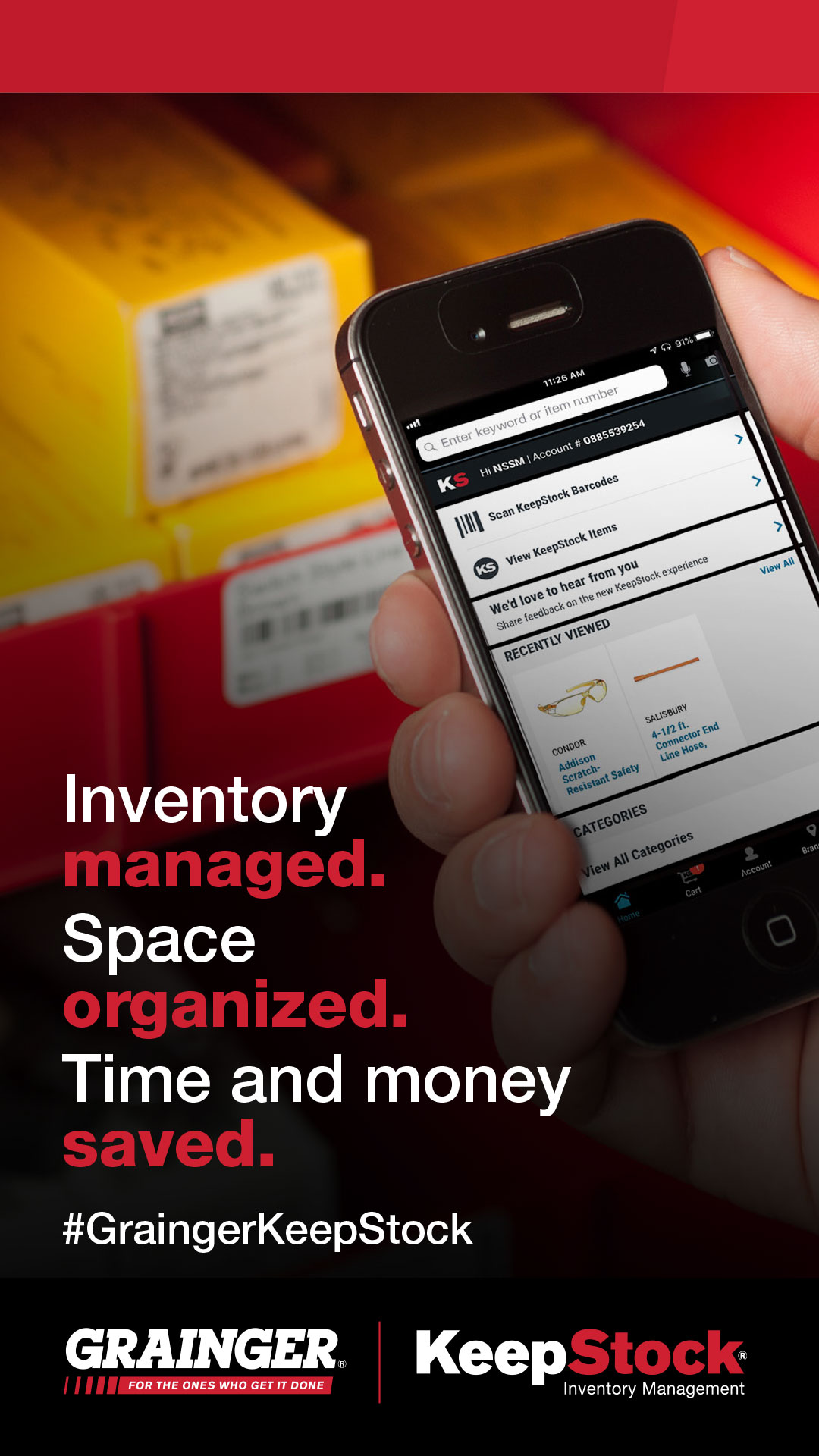

How to Get the Most from High-Volume Hiring
By Grainger Editorial Staff 12/14/22


While employment and workforce numbers have always ebbed and flowed, a perfect storm of factors have led to a challenging global situation for employers: more job openings than people available to work.
According to staffing agency Ranstad, the residual effects of COVID-19, low wages, an aging global population and a technology skills gap are fueling a worker shortage expected to continue through at least 2030. This has led employers to seek out new hiring solutions, including integrating high-volume hiring strategies.
What is High-Volume Hiring?
Also known as rapid hiring, high-volume hiring focuses less on filling a specific job opening, but rather on broader hiring for specific roles, such as material handlers or warehouse workers. While employers are still focused on hiring the best candidates and using tried-and-true approaches in the hiring process, there’s a shift to a much broader hiring approach. In some cases, hiring barriers and time-to-hire may be reduced, to as little as 10 minutes in some cases.
“High-volume hiring has really recently evolved,” said Kathy Seidel, PHR, CDR, manager of recruiting services for MRA, a non-profit employer association. “It used to be focused on entry-level and lower-skilled jobs. But we’ve recently seen it broaden to everything under the sun, including jobs that do require skill or background, such as welding, machine operators and even customer service.”
On a very basic level, high-volume hiring is a numbers game. What would traditionally be viewed as over-hiring for open positions has become more of a necessity in some cases. For example, a company may hire 10 people but only need half that many to fill openings. High turnover and candidate fall-off are chronic hallmarks of the 2022 hiring environment, making it challenging for recruiters to not only find qualified candidates, but candidates whose interest will last through the hiring process. The 2021 High Volume Hiring Study from AMS, Hourly and The Talent Board reports that “candidate ghosting” is an ongoing problem for 37% of recruiting employers.
“Employers are over-hiring for open positions – especially low-level and entry-level jobs – because they know if they hire 10 people, four may not show up and two may work a day or a week and not return,” says Seidel. “Companies are also finding that while they may not have immediate openings, in a week or two, they will. High-volume hiring is really being used out of necessity right now.”
Changing Times for Employers
In an environment where job openings outnumber those seeking work, some companies are re-thinking how they hire, from communicating with potential candidates to immediate turnaround in hiring decisions and integrating new perks that are appealing to the modern workforce. According to the AMS/Hourly/Talent Board study, respondents are also touting less-standard benefits to attract new candidates, including flexible work schedules (48%) and strong safety protocols (36%)
“One big trend that we are seeing is revisiting means of pay,” said Seidel. “Some large companies are now offering daily pay, which can be highly desirable to a candidate that is financially struggling and interested in more immediate access to their wages. They aren’t interested in a biweekly or weekly paycheck.”
Daily pay, in which employees are paid the following day for hours worked, is becoming more common in larger companies with the HR capacity to handle it, such as national retail chains, companies that rely heavily on contractors or those that need a vast army of employees at multiple locations, such as material handlers and pickers. Online job sites offer sorting filters for daily pay jobs.
“The problem is that for many companies, they don’t have the HR capacity to do this,” said Seidel. “Many small manufacturing companies have one to three employees in their HR departments. Offering daily pay also puts additional responsibility on the employee and their manager – hours must be approved and submitted in a very small window of time. And running payroll daily can also be very costly.”
While high-volume hiring can help employers fill standard roles, it’s not as effective in finding specialized candidates or filling roles that require more nuanced skills, from interpersonal communication abilities or skill sets that require specific training and experience. Rapid-hiring is based on low entry barriers – think brief or no interviews, few employment pre-requisites and thus higher-volumes of qualified candidates – which makes it an ineffective hiring process for these types of jobs.
A Time for Reflection
Seidel said that employers who focus on retention, and on re-thinking what will retain their existing employees, will have an advantage in this hiring climate.
“Many employees no longer tie their identity to their workplace,” she said. “So, they are less likely to feel that need to stay employed in one place. On the HR side, some companies that have traditionally pushed things like 401(k) benefits may not be reaching younger workers. This is a generation that would much rather see cash in hand now.”
Workers are also much less tolerant of toxic workplace culture and environments, especially in industrial and manufacturing companies. “If workers don’t like the culture, the fact that the building lacks air conditioning, or their supervisor or their department manager, they will make a change,” said Seidel. “Companies that take these hard looks internally and address issues like these are less likely to have retention issues.”
But what if your company falls into the camp that is exploring high-volume hiring out of necessity? She offers a few suggestions.
“First, it’s something you have to fully dedicate time to,” she said. “To make it effective, it can’t be just another hat that someone has to wear.”
Secondly, leadership must be willing to make hiring decisions quickly – companies can no longer wait weeks to make hiring decisions or require candidates to do two and three rounds of interviews. This timeline ensures that the best candidates will move on.
“Finally,” she said, “and this is the main thing, you must have HR people who enjoy the proverbial hunt, who enjoy dealing with people and understand that some candidates will decline the job the Friday before you expect them to start, who won’t show up at all, or who will quit after day two.”
The information contained in this article is intended for general information purposes only and is based on information available as of the initial date of publication. No representation is made that the information or references are complete or remain current. This article is not a substitute for review of current applicable government regulations, industry standards, or other standards specific to your business and/or activities and should not be construed as legal advice or opinion. Readers with specific questions should refer to the applicable standards or consult with an attorney.







